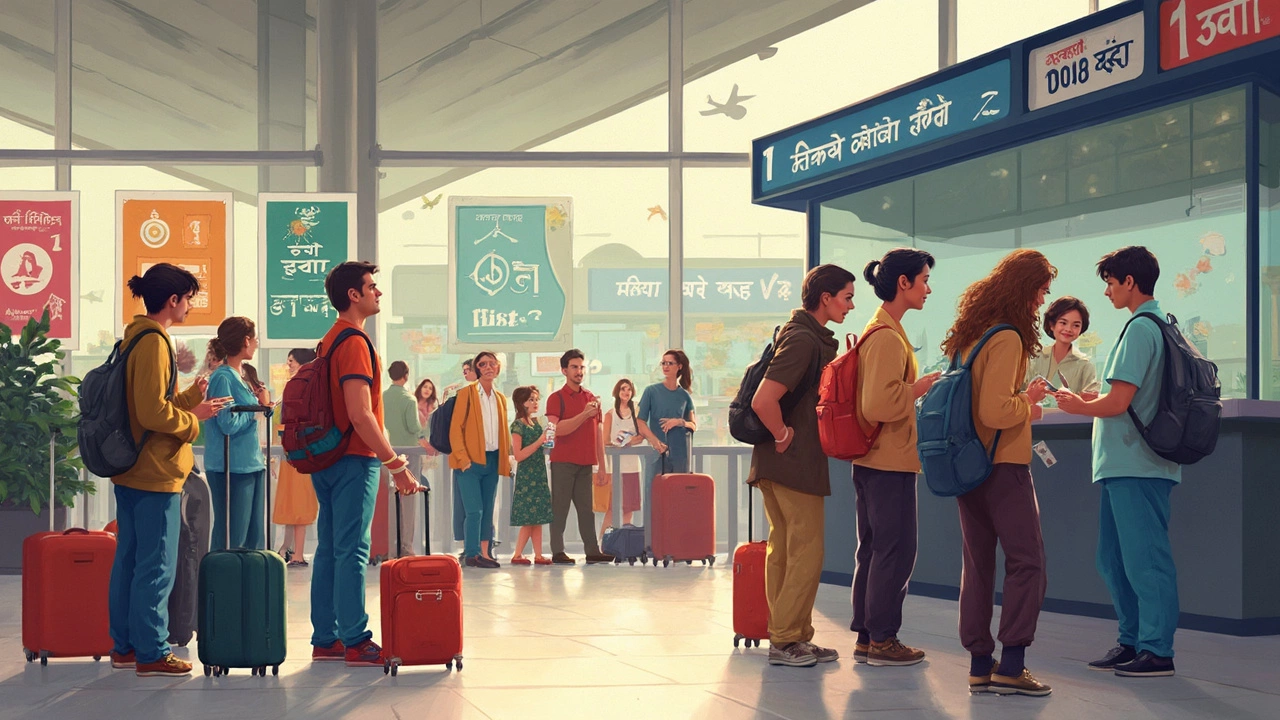Travel Medical Tips: Stay Safe and Healthy on Your India Trip
When you're traveling through India, travel medical tips, practical steps to protect your health while exploring unfamiliar environments. Also known as travel health advice, these aren't just suggestions—they're the difference between a smooth trip and a hospital visit. India’s vibrant streets, spicy food, and remote mountain trails are amazing, but they come with health risks most travelers don’t expect. You don’t need to be a doctor to stay safe. You just need to know what to watch for, what to avoid, and what to carry in your bag.
One of the biggest threats isn’t some rare disease—it’s food and water safety, how to choose what to eat and drink to avoid traveler’s diarrhea and other stomach issues. Most cases come from street food that looks clean but isn’t handled right. The fix? Stick to hot, freshly cooked meals. If it’s been sitting out, skip it. Drink bottled water—even brushing your teeth with tap water can cause problems. You’ll find this advice repeated in posts about what Americans can eat in North India, and it’s the same for everyone. No matter where you go, your gut will thank you.
Then there’s altitude sickness, a serious risk when trekking in the Himalayas or visiting high-altitude towns like Manali or Leh. It doesn’t care if you’re fit or young. If you climb too fast, your body won’t adjust. Symptoms? Headache, nausea, dizziness. The fix? Go slow. Spend a day resting at 2,500 meters before going higher. Carry basic meds like Diamox if your doctor says it’s okay. Posts about K2 Base Camp and Everest treks don’t just talk about gear—they stress this. Ignoring it can end your trip fast.
You also need to think about travel vaccinations, shots you should get before leaving home to prevent diseases common in India. Hepatitis A and typhoid are the big ones—both spread through contaminated food and water. Rabies is rare but deadly, and if you’re planning to hike or visit rural areas, it’s worth considering. Tetanus is a no-brainer. Most travelers skip these and regret it later. A quick visit to your clinic before you leave cuts your risk by 90%.
And don’t forget the small stuff. Pack hand sanitizer. Bring a basic first-aid kit with painkillers, anti-diarrhea pills, and antiseptic wipes. Sunscreen matters—even in the mountains. Mosquito repellent isn’t optional if you’re visiting monsoon season or rural zones. Dengue and chikungunya are real threats. Wearing long sleeves at dusk? Smart. These aren’t just tips—they’re habits that keep you on the road.
India’s healthcare system is uneven. Big cities like Mumbai and Delhi have good hospitals, but rural areas? Not so much. Know where the nearest clinic is before you head out. Keep a list of emergency contacts. Travel insurance? Non-negotiable. You don’t need the fanciest plan, but it must cover medical evacuation. One post compares Mumbai and Delhi safety—and it’s not just about crime. It’s about how fast you can get help if you get sick.
What you’ll find below isn’t a list of warnings. It’s a collection of real, tested advice from travelers who’ve been there. From what to eat in Punjab to how to handle heat in South India, these posts give you the details you actually need. No fluff. No guesswork. Just what works.
India Travel Vaccinations: What You Really Need to Know Before You Go
Get the facts about vaccinations for India travelers. Find out which vaccines are truly essential, what risks you face, and the real tips locals and adventurers trust.
Read more